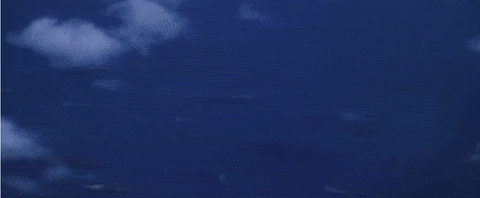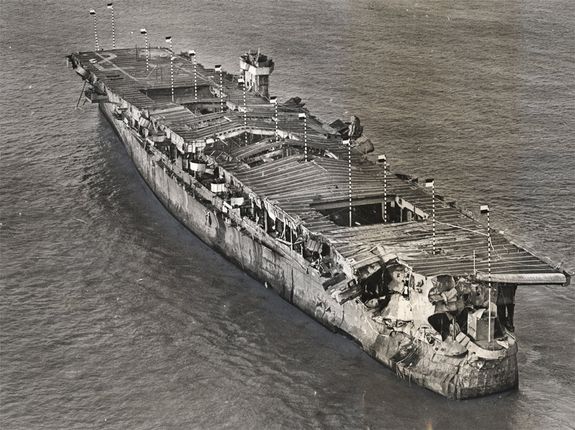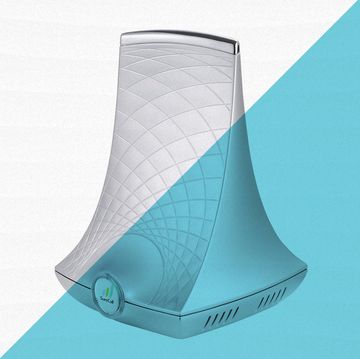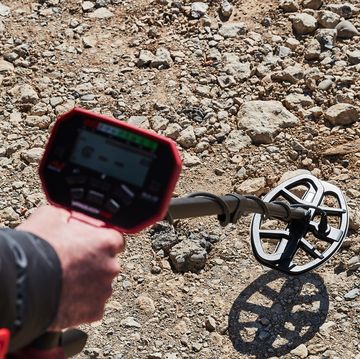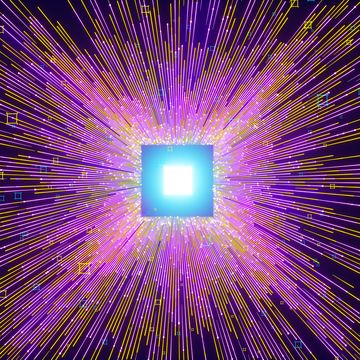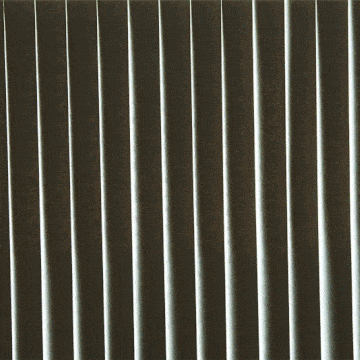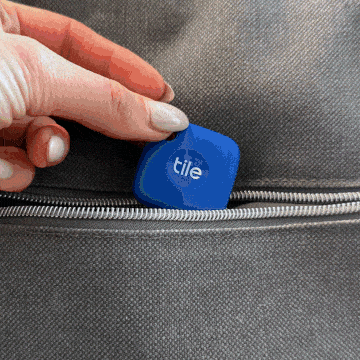The USS Independence was an aircraft carrier that served in distinction during World War II. Then, in 1951, the government sank the great ship under a shroud of secrecy. Only now are marine archeologists finally learning what happened to the carrier stuck between World War II and the Cold War.
After spending 1943 through 1945 fighting in the Pacific, the Independence was assigned in 1946 to Operation Crossroads, one of 90 vessels attached to the project. These tests were designed to understand how nuclear blasts would effect naval warships; to find out, the U.S. detonated nuclear blasts within 1,700 feet of ships. The result was predictable: obliteration and destruction.
The two atomic bombs of Operation Crossroads sank 14 ships and badly damaged the rest. A third test was planned, but the first two were so devastating that it was canceled—the government had figured out what it needed to now.
The Independence , one of the ships left standing, was brought back to San Francisco for further testing. That further testing included establishing the Naval Radiological Defense Laboratory on the ship itself, radiation be damned. James Delgado, a maritime archaeologist at the National Oceanic and Atmospheric Administration (NOAA) who was the leader of the recent project to fully understand the Independence, explains that "Independence, by the time it was sunk, was at about a level that you would get with an average X-ray." It was also considered an easy target for espionage.
The ship was blasted with two torpedoes, and it sank carrying steel and concrete drums full of radiological waste from experiments and from its battered sibling ships from Operation Crossroads. Independence was only 30 miles off the California coast when it sank.
The carrieris still providing new information to scientists. The existence of the Naval Radiological Defense Laboratory was confirmed only last year, thanks to NOAA's sonar imaging detection. Delgado and others want to keep it under observation to establish how its radiation will effect the surrounding areas.
Even after being destroyed multiple times over, the Independence is still serving as an active reminder of the unprecedented power of atomic energy.
Source: Scientific American
David Grossman is a staff writer for PopularMechanics.com. He's previously written for The Verge, Rolling Stone, The New Republic and several other publications. He's based out of Brooklyn.
